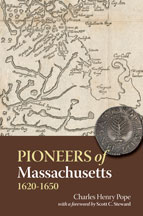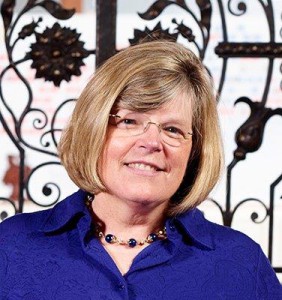Next week brings the first big genealogical conference of 2014, with RootsTech in Salt Lake City from February 6–8. I’ll be there with some of my colleagues from NEHGS, and we hope to meet a number of you there!
We’ve been attending the conference since it started in 2011 and look forward to the chance it gives us to meet with members and other genealogists who are using technology to make family history easier and more engaging. There’s also something for every skill level, whether you are just starting to use your smartphone for research or you want to get involved in the conversation about the next GEDCOM standard. Continue reading See you at RootsTech 2014




